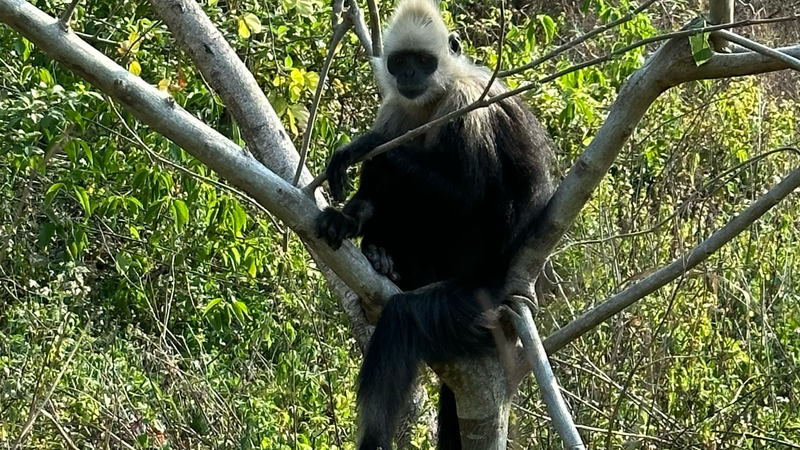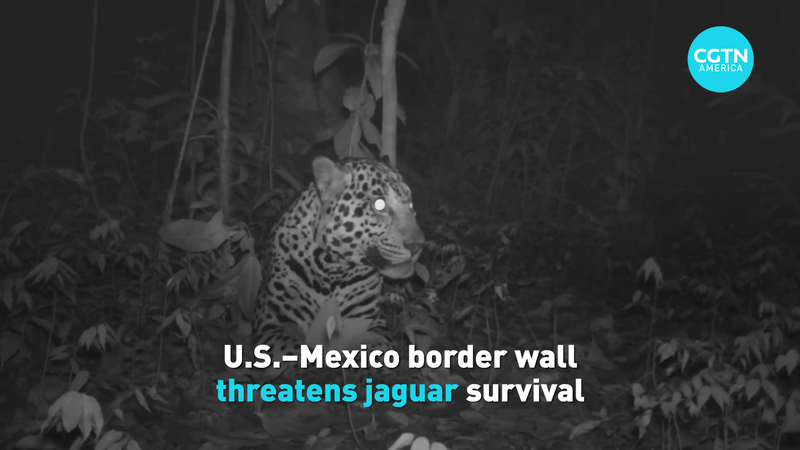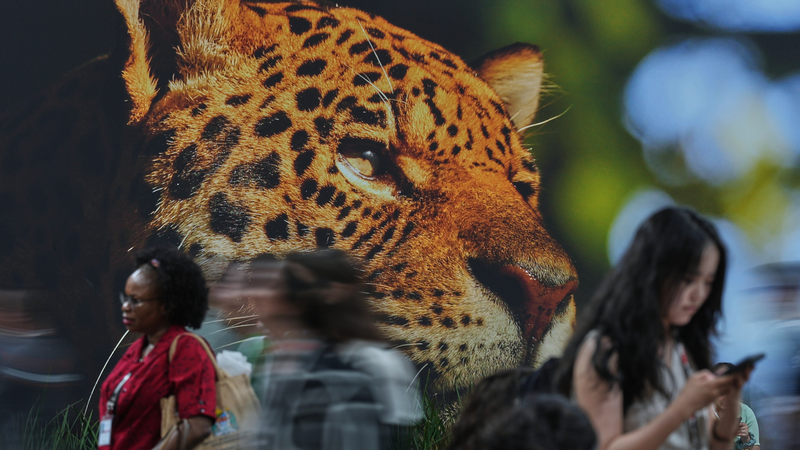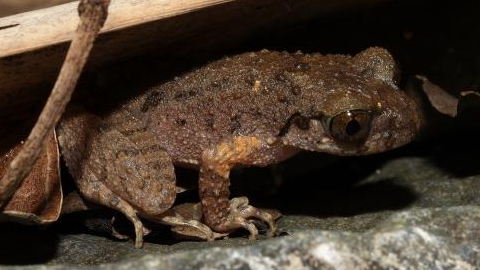Ever thought monkey droppings could be a conservation hero? In the Guangxi Chongzuo White-Headed Langur National Nature Reserve on the Chinese mainland, researchers are turning what seems like waste into a powerful tool to save an endangered species!
High on limestone cliffs in the southern part of the Chinese mainland, yellowish-brown stains mark the nighttime shelters of white-headed langurs. What looks like everyday mess is actually a treasure trove of scientific data. By decoding the genes in their droppings, scientists are uncovering secrets about the langurs’ gut microbiota – the tiny helpers that keep them healthy.
There’s even more to the story! Researchers are measuring cortisol hormone levels in the feces to assess chronic stress among these primates. As Zhou Chunfang from the College of Life Sciences at Guangxi Normal University explains, human activities in the area can bump up stress levels, leading to issues like frequent scratching and skin damage that may cause infections. 😮
Using these insights, conservationists are working on setting up buffer zones around tourist areas to create a safer environment for the langurs. This science-driven approach has contributed to a remarkable recovery—from only 300 individuals in the 1980s to over 1,400 thriving langurs today!
It’s amazing how science and nature come together in unexpected ways. Sometimes, the smallest clues – even monkey droppings – can hold the key to protecting our natural world. This inspiring journey reminds us that every detail in nature has its role in the bigger picture!
Reference(s):
White-headed langurs: Why their poop is key to their survival
cgtn.com




